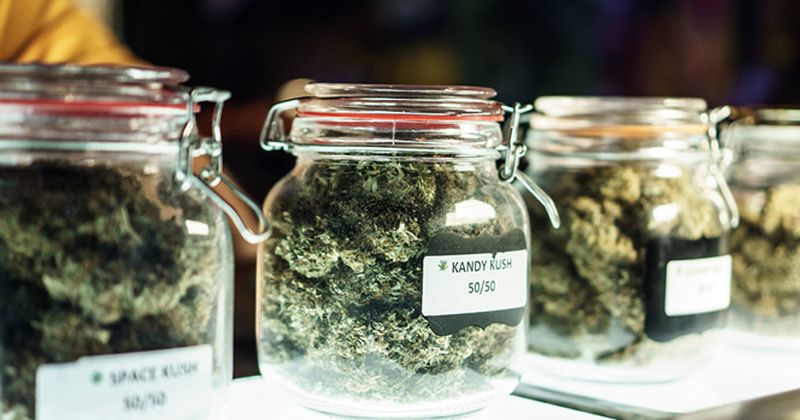'Purity and potency' issues with cannabis products hinder meaningful use in rheumatology
Comprehensive knowledge of the vast array of products is necessary for rheumatologists whose patients desire to use cannabis to treat their condition, according to a presenter at the 2021 Congress of Clinical Rheumatology-West.
“The focus of this talk will be about what cannabinoids are available, what does the science say, and how you might apply it in clinical practice,” Kevin P. Hill, MD, MHS, director of the division of addiction and recovery at Beth Israel Deaconess Medical Center.

The critical issue for Hill is that patients are using all manner of cannabidiol (CBD) and tetrahydrocannabinol (THC), often off-label and with minimal or no supervision from a physician.
Hill encouraged rheumatologists to be “balanced” on the issue of cannabis when it comes to their patients, public policy and, if they so desire, advocacy.
One way to achieve that goal is to recognize the comprehensive nature of cannabinoid products. “There are hundreds of chemicals in the cannabis plant and 140 cannabinoids,” Hill said. “There are a lot more than many people think.”
Despite this plethora of products, there are only three FDA-approved cannabinoids for very specific indications, and none for rheumatology. But Hill acknowledged that many patients are using a broad cross-section of cannabis products with little guidance or understanding of what they are taking. This is partly due to their own lack of knowledge and partly due to a largely unregulated and unsupervised marketplace. “There are issues of purity and potency,” he said.
With all of that in mind, Hill addressed some topics pertinent to the CCR-West audience, including the extent to which cannabis can be used to treat musculoskeletal pain. “We do not really know that yet,” he said.
Similarly, the data for sleep — an all-important issue for many rheumatology patients — are ambiguous. “THC appears to reduce time spent in REM sleep,” Hill said. “It is like alcohol in that it will make you tired but the quality of sleep is poor.”
He added that there are no data showing the benefit of CBD in sleep.
Regardless of why the patient would like to use cannabis, Hill suggested a comprehensive and straightforward approach to try to match an appropriate product with the desired indication for each patient.
“Take a careful history,” he said, noting that patients may have cycled through two or three medications to manage their pain, function or sleep, with minimal results. “If you are satisfied that they have taken the necessary first- and second-line steps, and if you carefully weigh the risks and benefits, there may be a place you can use cannabinoids.”
Drug-drug interactions with other medications should be considered, and Hill recommends using only FDA-approved products off-label, if possible.
But all of this requires knowledge on the part of the rheumatologist. “You need to be more physician, less ‘budtender’,” he said. “The more confidence you have in your research, the better you will be able to serve your patient.”
Hill offered one final recommendation for rheumatologists treating their patients with cannabis: follow up. “The idea of using it without appropriate follow up is hard to fathom,” he said.










